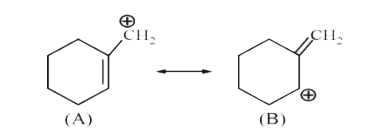Which of the following gem-diol is stable ? .
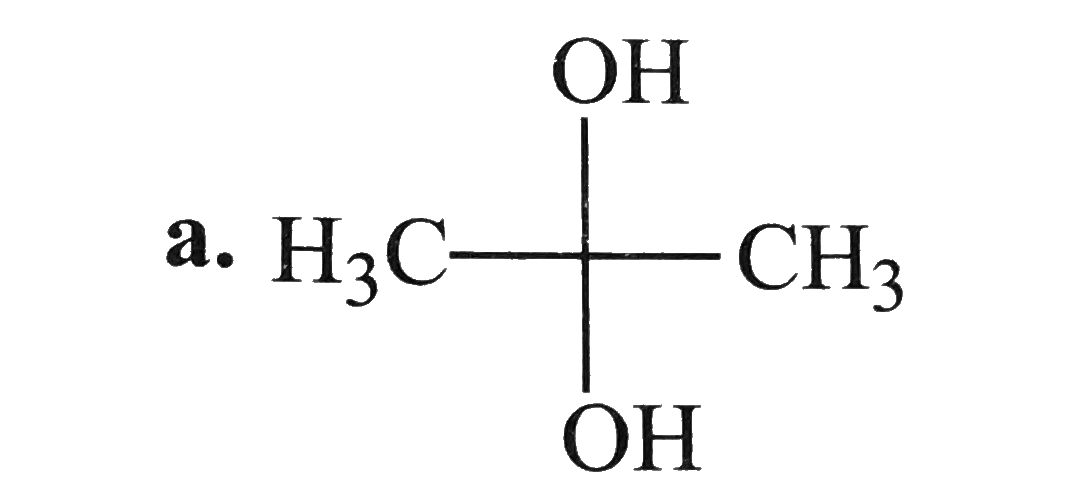
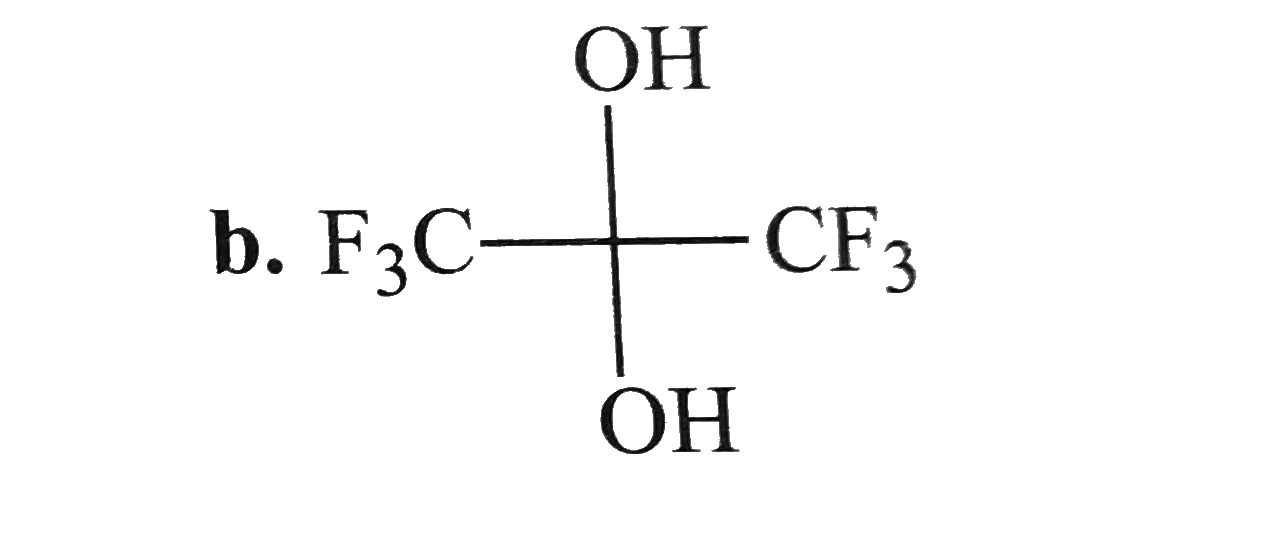
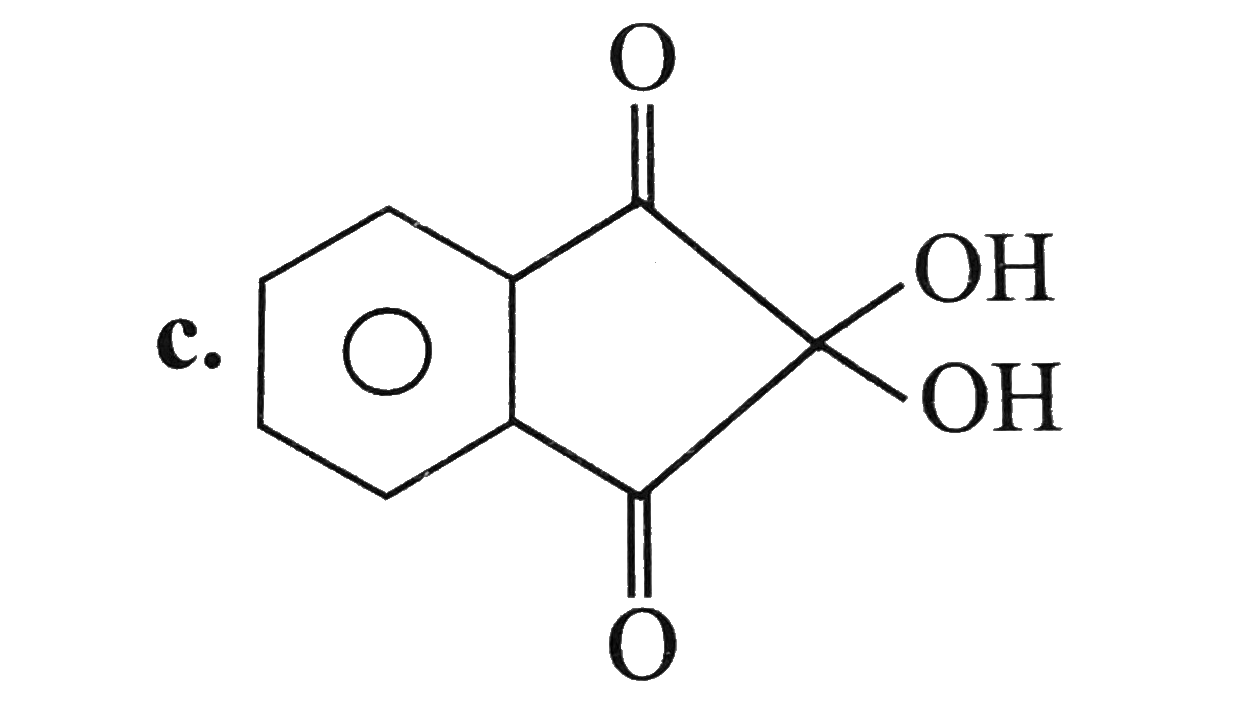
none of these
The correct Answer is:B, C
To determine which of the given gem-diols is stable, we need to analyze the stability of each compound based on the presence of intramolecular hydrogen bonding, which stabilizes gem-diols.
1. Understanding Gem-Diols:
- A gem-diol is a compound that contains two hydroxyl (OH) groups attached to the same carbon atom. The term "gem" refers to the fact that both OH groups are on the same carbon, making them "twins."
2. Stability Factors:
- The stability of gem-diols is influenced by intramolecular hydrogen bonding. This occurs when a hydrogen atom bonded to an electronegative atom (like oxygen) forms a bond with another electronegative atom within the same molecule, creating a stable ring structure (chelation).
3. Analyzing Compound A:
- The first compound does not exhibit any hydrogen bonding. Since there are no interactions stabilizing the structure, this gem-diol is considered unstable.
4. Analyzing Compound B:
- The second compound has CF3 groups and two OH groups. The presence of electronegative fluorine atoms allows for intramolecular hydrogen bonding. This leads to the formation of a stable chelate ring, making this gem-diol stable.
5. Analyzing Compound C:
- The third compound contains a benzene ring and two OH groups. Similar to compound B, this compound can also form intramolecular hydrogen bonds. The interactions between the positively charged hydrogen atoms and the negatively charged oxygen atoms stabilize the structure, resulting in a stable gem-diol.
6. Conclusion:
- Based on the analysis, compounds B and C are stable due to the presence of intramolecular hydrogen bonding. Compound A is unstable. Therefore, the stable gem-diols are options B and C.
Final Answer:
The stable gem-diols are B and C.
- A gem-diol is a compound that contains two hydroxyl (OH) groups attached to the same carbon atom. The term "gem" refers to the fact that both OH groups are on the same carbon, making them "twins."
- The stability of gem-diols is influenced by intramolecular hydrogen bonding. This occurs when a hydrogen atom bonded to an electronegative atom (like oxygen) forms a bond with another electronegative atom within the same molecule, creating a stable ring structure (chelation).
- The first compound does not exhibit any hydrogen bonding. Since there are no interactions stabilizing the structure, this gem-diol is considered unstable.
- The second compound has CF3 groups and two OH groups. The presence of electronegative fluorine atoms allows for intramolecular hydrogen bonding. This leads to the formation of a stable chelate ring, making this gem-diol stable.
- The third compound contains a benzene ring and two OH groups. Similar to compound B, this compound can also form intramolecular hydrogen bonds. The interactions between the positively charged hydrogen atoms and the negatively charged oxygen atoms stabilize the structure, resulting in a stable gem-diol.
- Based on the analysis, compounds B and C are stable due to the presence of intramolecular hydrogen bonding. Compound A is unstable. Therefore, the stable gem-diols are options B and C.
The stable gem-diols are B and C.
Topper's Solved these Questions
- BOOK - CENGAGE CHEMISTRY ENGLISHCHAPTER - CHEMICAL BONDING AND MOLECULAR STRUCTUREEXERCISE - Exercises Multiple Correct(Bond Angle )5videos
CHEMICAL BONDING AND MOLECULAR STRUCTURE
- BOOK - CENGAGE CHEMISTRY ENGLISHCHAPTER - CHEMICAL BONDING AND MOLECULAR STRUCTUREEXERCISE - Exercises Multiple Correct(Molecular Orbitaltheory (Mot))10videos
CHEMICAL BONDING AND MOLECULAR STRUCTURE
- BOOK - CENGAGE CHEMISTRY ENGLISHCHAPTER - CHEMICAL BONDING AND MOLECULAR STRUCTUREEXERCISE - Exercises Multiple Correct(Hybridisation)12videos
CHEMICAL BONDING AND MOLECULAR STRUCTURE
- BOOK - CENGAGE CHEMISTRY ENGLISHCHAPTER - ATOMIC STRUCTUREEXERCISE - Concept Applicationexercise(4.3)19videos
ATOMIC STRUCTURE
- BOOK - CENGAGE CHEMISTRY ENGLISHCHAPTER - CHEMICAL EQUILIBRIUMEXERCISE - Subjective type1videos
CHEMICAL EQUILIBRIUM
Similar Questions
Knowledge Check
- Question 1 - Select One
Which of the following ions is most stable ?
ACH3CH2+CH2BCH3+CHCH2CH3C(CH3)3C+D(CH3)3+C.CH2 - Question 2 - Select One
Which one of the following is most stable ?
A B
B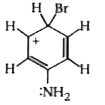 C
C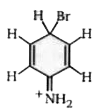 D
D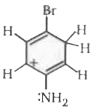
- Question 3 - Select One
Which of the following species is not stable?
A[Sn(OH)6]2−B[SiCl6]2−C[SiF6]2−D[GeCl6]2−


